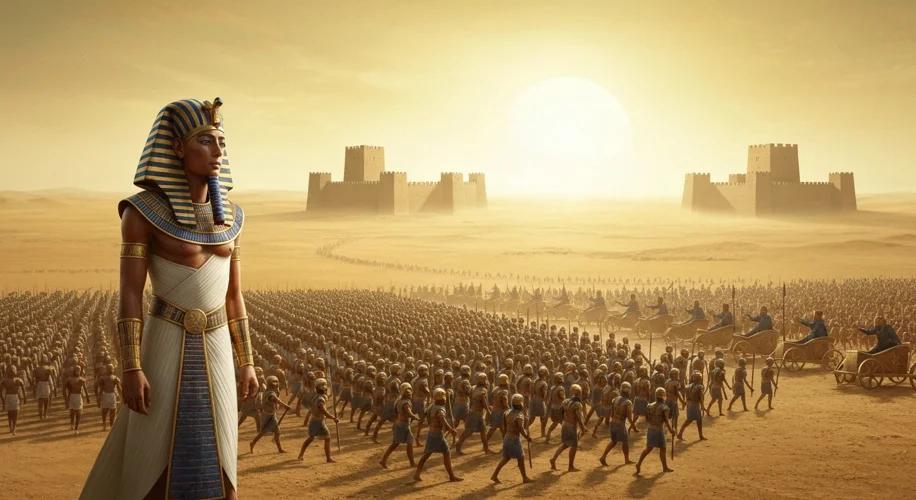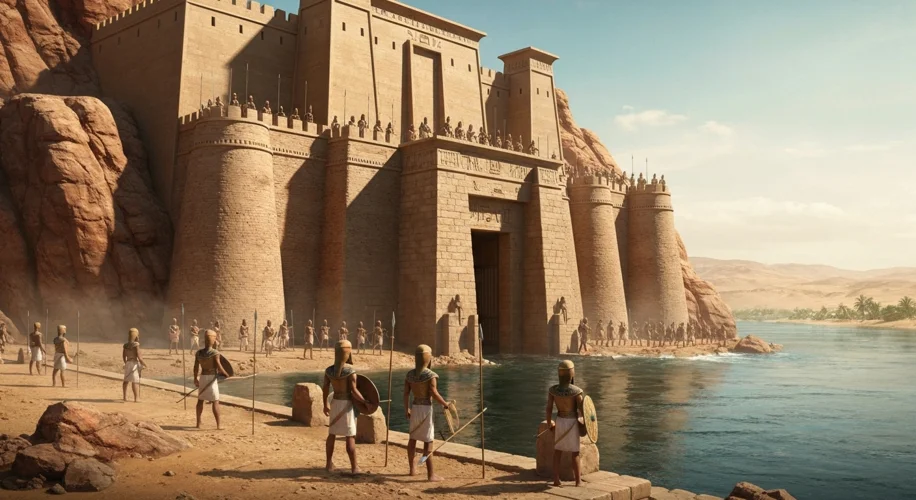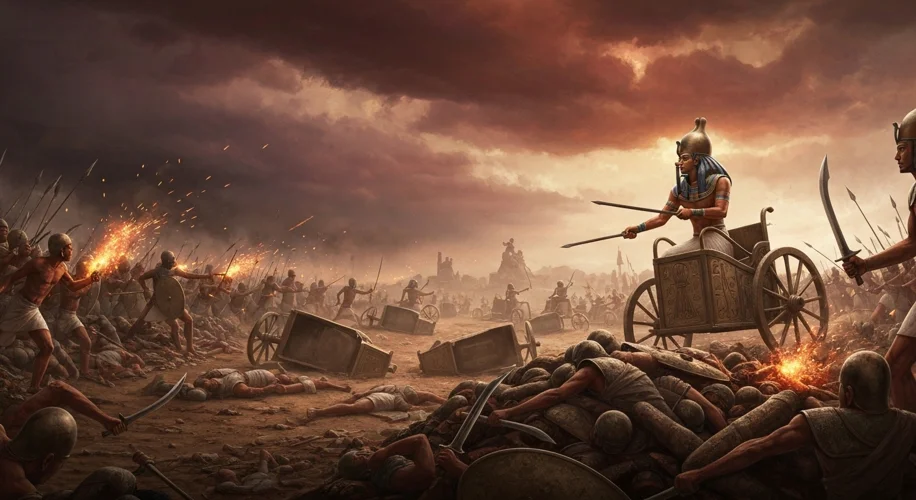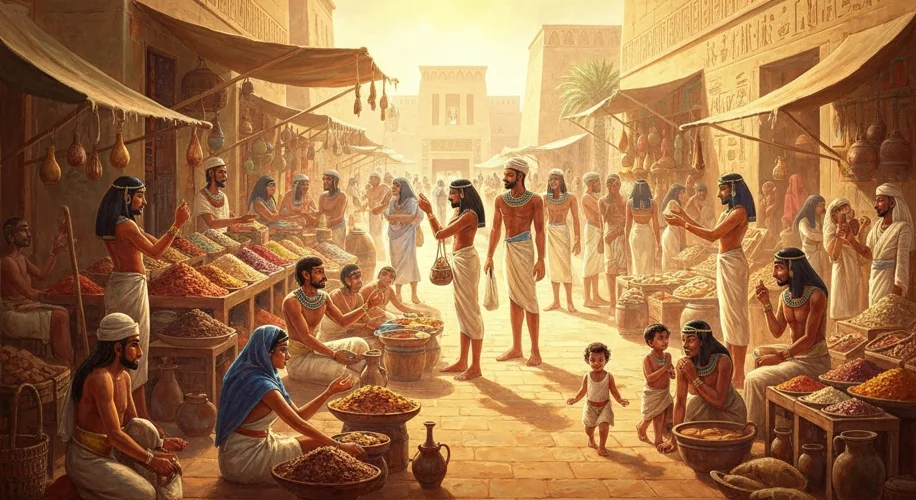The desert wind, a constant companion in the land of Kemet, whispered tales of power and dominion. For centuries, Egypt had been a beacon of civilization, its fertile Nile valley a cradle of life. But as the sands of time shifted, so too did the fortunes of the pharaohs. The era known as the New Kingdom (circa 1550-1070 BCE) was a time of unprecedented ambition, a period when Egypt shed its traditional boundaries and reached out, forging an empire that stretched from the sun-baked plains of Nubia to the bustling city-states of the Levant.
This was not merely a quest for glory; it was a matter of survival. The Hyksos, a foreign people who had once ruled parts of Egypt, had been expelled by the native pharaohs, igniting a fierce determination to prevent any future incursions. The memory of foreign domination fueled a new, aggressive foreign policy. Pharaohs like Ahmose I, the liberator, and his successors, Thutmose I and Thutmose III, became architects of expansion, leading their armies on daring campaigns far beyond Egypt’s traditional borders.
Imagine the scene: the Egyptian army, a disciplined force arrayed in gleaming bronze armor, their chariots thundering across the plains. The air would be thick with the dust kicked up by thousands of marching feet, the sharp commands of officers echoing under the relentless sun. Their objective: to secure vital trade routes, acquire precious resources like gold and timber, and establish buffer zones to protect the Nile heartland.

Thutmose III, often hailed as the “Napoleon of Egypt,” was a master strategist. His military expeditions, meticulously recorded on temple walls, reveal a comprehensive approach to imperial control. He didn’t just conquer; he consolidated. He established garrisons, demanded tribute, and appointed Egyptian administrators to govern conquered territories. This was the birth of an Egyptian empire, a vast dominion managed with an iron fist and a keen understanding of diplomacy and tribute.
The empire, however, was a sprawling, vulnerable entity. Its vastness was its strength, but also its greatest weakness. The Hittites in Anatolia, the Mitanni in Mesopotamia, and various tribal groups in the desert fringes constantly tested Egypt’s resolve. To defend this immense territory and maintain its influence, Egypt developed a sophisticated network of fortresses and military outposts. These were not mere walls; they were bastions of power, strategically placed to control key river crossings, mountain passes, and trade routes.
Consider the fortress of Buhen on the southern frontier, a formidable structure overlooking the Nile. Its thick walls, elaborate defenses, and living quarters for soldiers and their families were a testament to Egyptian engineering and their commitment to securing their borders. Imagine the sentinels pacing atop these ramparts, their eyes scanning the horizon for any sign of trouble, the rhythmic clang of blacksmiths at work within, and the disciplined routines of a military community.

These fortresses served multiple purposes: they were military strongholds, administrative centers, and symbols of Egyptian authority. They projected power, deterred potential enemies, and provided secure bases for offensive operations. The garrisons stationed within them were a constant reminder that the pharaoh’s reach extended far and wide.
But even the mightiest empire faces its challenges. The Battle of Kadesh (circa 1274 BCE), a monumental clash between Ramesses II and the Hittite empire, exemplifies the precarious balance of power. While Ramesses II famously depicted it as a glorious Egyptian victory, historical analysis suggests a more complex reality – a hard-fought stalemate that ultimately led to the world’s first known peace treaty. This highlights the constant struggle and the high stakes involved in maintaining Egypt’s imperial reach.

The New Kingdom’s legacy is one of remarkable achievement. Its pharaohs expanded Egypt’s influence to an unprecedented degree, creating a vast empire sustained by military might, diplomatic maneuvering, and a robust network of fortifications. This era laid the groundwork for many subsequent civilizations, leaving behind a rich tapestry of art, architecture, and historical records that continue to captivate us today. The story of the New Kingdom is a powerful reminder of humanity’s enduring drive for expansion, the critical importance of defense, and the eternal struggle to maintain power on the grand stage of history.

